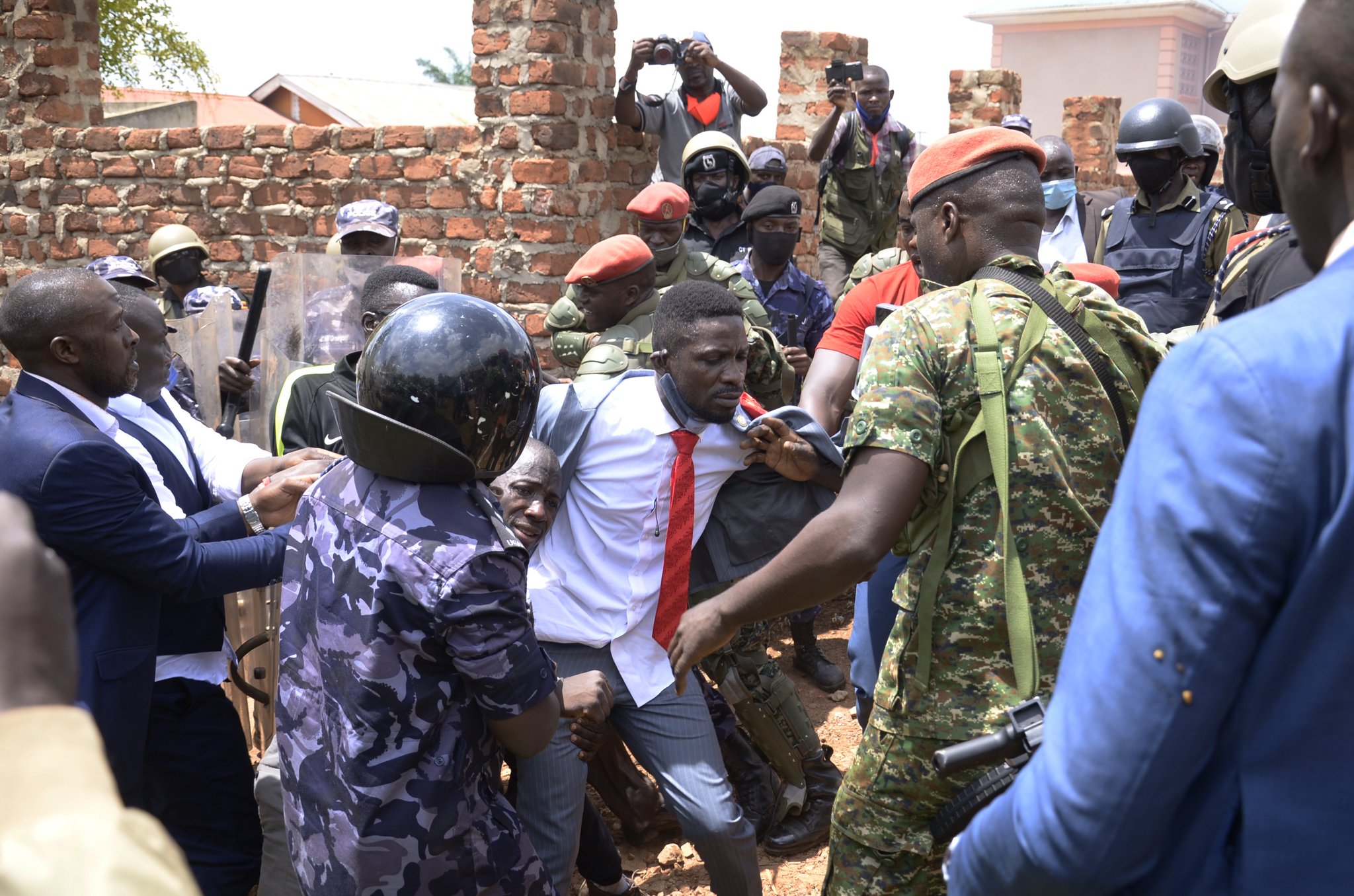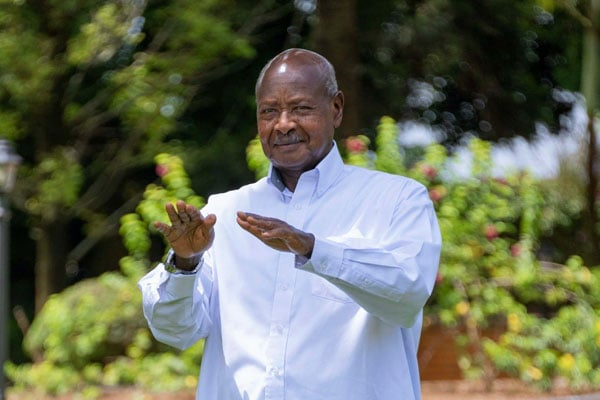Prime
Many learners force Kamwenge schools to conduct double shifts

Officials from the Office of Prime Minister meet some learners at Rwamwanja Primary School in Kamwenge District last week. PHOTO | ALEX ASHABA
What you need to know:
- Authorities said schools have few classrooms and a limited number of teachers and yet want to observe Covid-19 standard operating procedures, hence resorting to shifts.
Education officials in Kamwenge District have started conducting classes in double shifts due to the overwhelming number of learners who returned to school after lockdown.
Authorities said schools have few classrooms and a limited number of teachers and yet want to observe Covid-19 standard operating procedures, hence resorting to shifts.
Mr Apollo Mulinde, the district education officer, said St Michael, Kyempango, Nteziryayo, and Rwamwanja primary schools have started double shift teaching system.
He said they are planning to extend the system to Rwamwanja SS, Kamwenge, Nkoma and Malere primary schools.
The head teacher of Rwamwanja Primary School, Mr Lawrence Twazamace, said when the first term began, he received 3,044 learners.
He said the school has a total of 16 classrooms of the required 58.
“We decided to start conducting our classes in double shifts because learners cannot be accommodated in our classrooms at once,” he said.
Mr Twazamace said pupils from Primary One to Three study up to lunch time, while those in Primary Four and Five come in the afternoon. Only Primary Six and Seven pupils study full day.
Records show that the pupil enrolment increased to 3,044 from 1,263 before Covid-19.
“Even facilities such as pit-latrines are not enough. We only have 35, and we don’t allow all students to be on break at the same time because they congest the area, they go into break in shifts,” he said.
Mr Twazamace added that the school has 12 government teachers, while the rest were provided by NGOs Finn Church Aid and Save the Children.
“FIN Church gave us 26 teachers while Save the Children gave us 10, but the challenge is that some of them are assistants who are interpreters for learners. But since we don’t have enough teachers, we use them as teachers,” he said.
He said they need a total of 58 teachers to have a standard of teacher ratio of 1:53.
Mr Lawrence Mutabazi, the head teacher of Kyempango Primary School in Nkoma-Katelyeba Town Council in the refugee settlement camp, said the school has enrolment of 2,459 learners.
“The school was started by UNHCR in 2015, but the population of learners kept increasing, and we decided to conduct lessons in double shifts,” he said.
Pupils from P1 to P3 start their lessons at 7:30am to 12:30pm, while those from P4 and P5 begin from 12:30pm to 5pm.
Intervention
The Office of Prime Minister through the Development Response to Displacement Impacts Project (DRDIP), has constructed several classrooms in the district to improve the learning conditions. Ms Carol Brenda Lorika, the DRDIP project manager in Uganda, said they have implemented 32 projects worth Shs24b, 19 of which are in the education sector with Shs23.9b. Ms Lorika said last year they built six new classrooms at Rwamwanja Primary School with five stance latrines for boys and girls, and a water tank and furniture. “We have just handed them new six classrooms, but they are still requesting for more. We shall look into our budget and see if we can add them to the new classroom,” she said.




